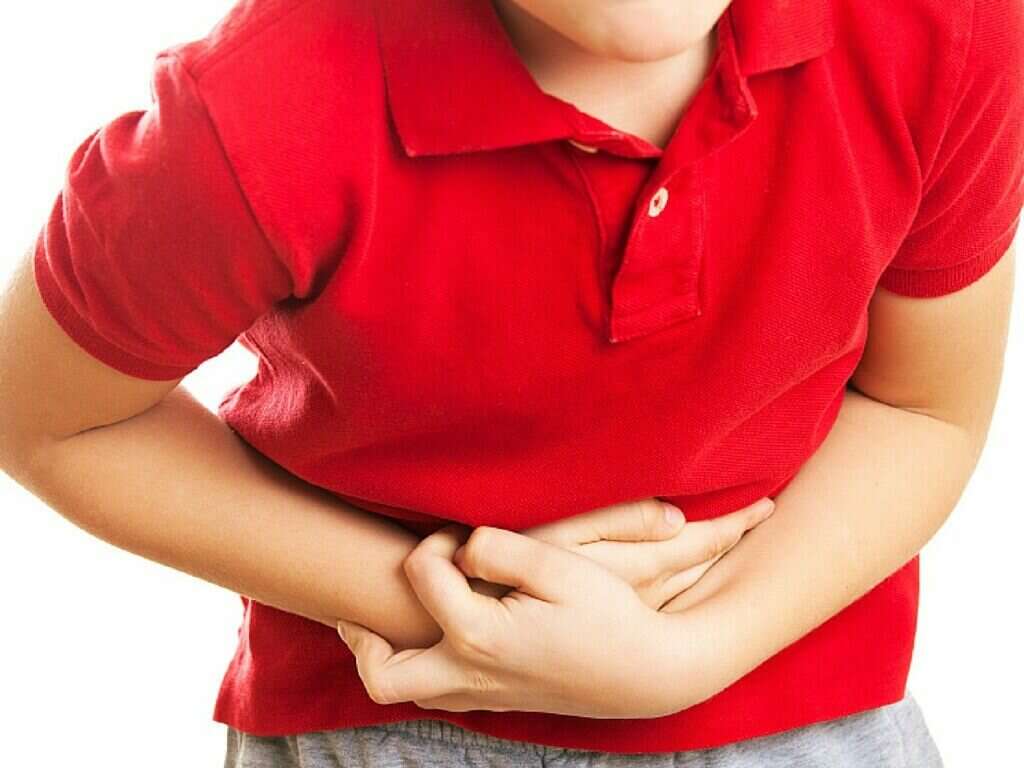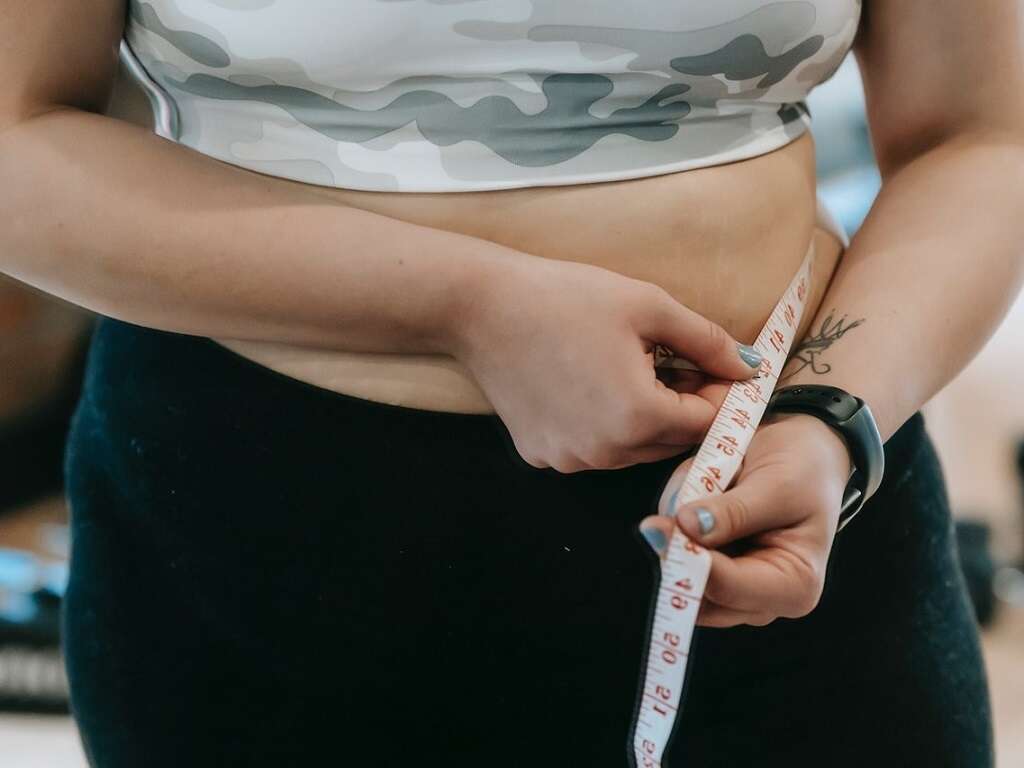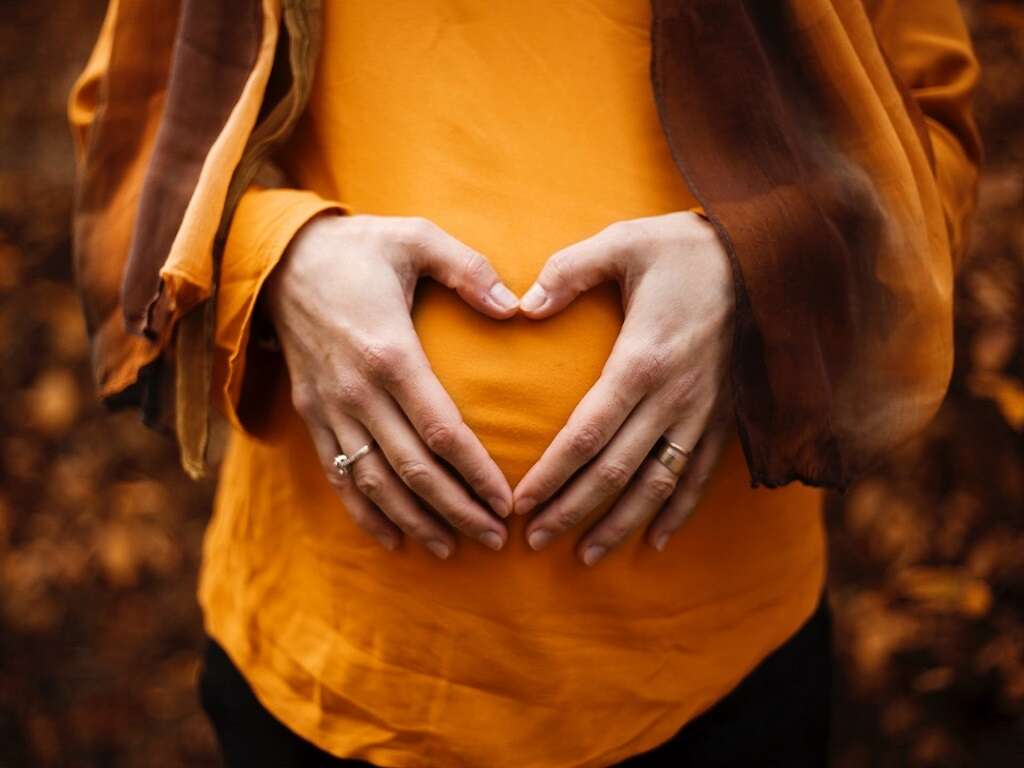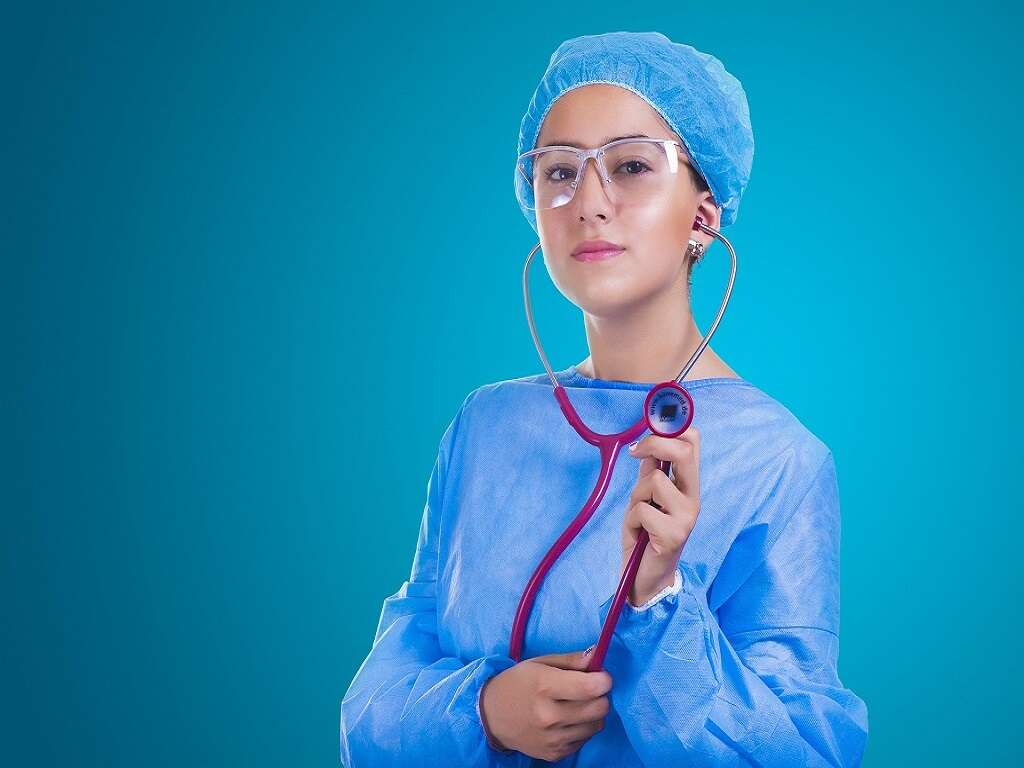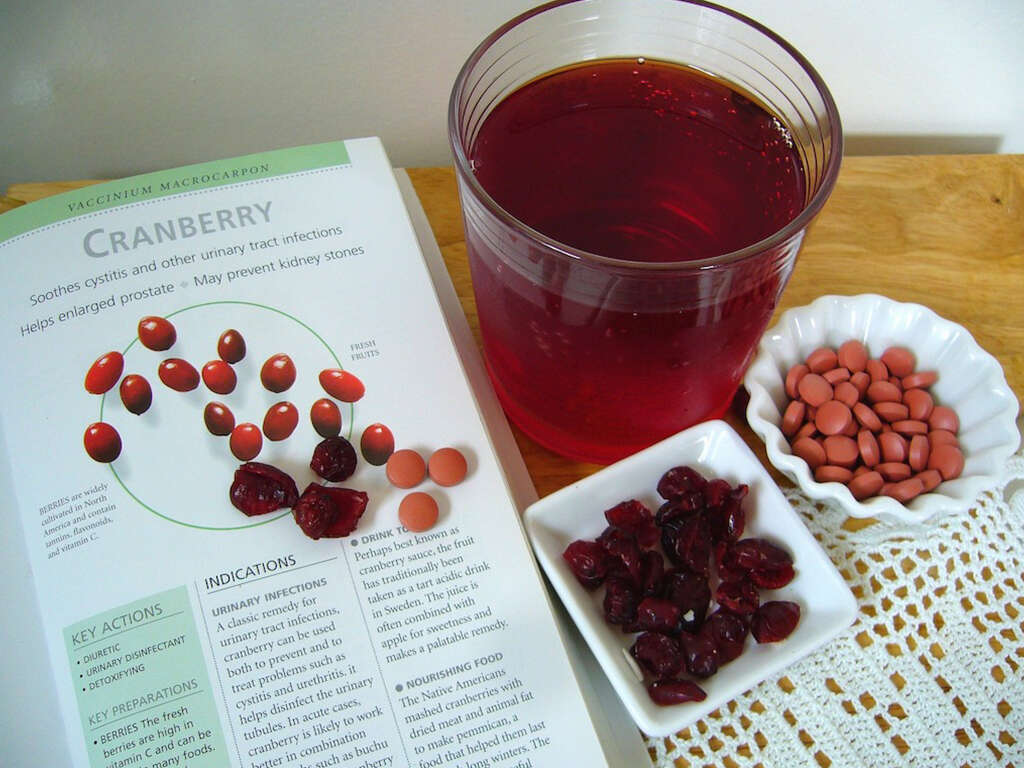10 Lower Left Abdominal Pain Causes
 Article Sources
Article Sources
- 1. Hoffman, Kristine. 'When Vitamin And Nutritional Deficiencies Cause Skin And Nail Changes.' Podiatry Today, 30 Dec. 2014, www.podiatrytoday.com/when-vitamin-and-nutritional-deficiencies-cause-skin-and-nail-changes.
- 2. 'Inguinal Hernia.' Mayo Clinic, Mayo Foundation for Medical Education and Research, 26 Feb. 2019, www.mayoclinic.org/diseases-conditions/inguinal-hernia/symptoms-causes/syc-20351547.
- 3. 'Kidney Stones: Causes, Symptoms, and Treatment.' Medical News Today, MediLexicon International, www.medicalnewstoday.com/articles/154193#symptoms.
- 4. 'Shingles.' National Institute on Aging, U.S. Department of Health and Human Services, www.nia.nih.gov/health/shingles.
- 5. 'Indigestion (Dyspepsia): Causes & Treatment.' Cleveland Clinic, my.clevelandclinic.org/health/symptoms/7316-indigestion-dyspepsia.
- 6. 'Lactose Intolerance: AAAAI.' The American Academy of Allergy, Asthma & Immunology, www.aaaai.org/conditions-and-treatments/conditions-dictionary/lactose-intolerance.
- 7. 'Celiac Disease: Symptoms, Diagnosis, Diet, and Treatment.' Medical News Today, MediLexicon International, www.medicalnewstoday.com/articles/38085#treatment.
- 8. 'Diverticulosis | Diverticulitis.' MedlinePlus, U.S. National Library of Medicine, 12 Apr. 2021, medlineplus.gov/diverticulosisanddiverticulitis.html.
- 9. 'Pelvic Inflammatory Disease - CDC Fact Sheet.' Centers for Disease Control and Prevention, Centers for Disease Control and Prevention, 19 Nov. 2020, www.cdc.gov/std/pid/stdfact-pid.htm.
- 10. 'Intestinal Obstruction.' Mayo Clinic, Mayo Foundation for Medical Education and Research, 20 Jan. 2021, www.mayoclinic.org/diseases-conditions/intestinal-obstruction/symptoms-causes/syc-20351460.
Lower left abdominal pain may occur due to several conditions. Many are treatable with medications and lifestyle changes, such as indigestion and lactose intolerance. Some ailments may be serious and require more extensive treatment, including prescriptions for pain medication or surgical intervention.
Also referred to as lower left quadrant pain, it may begin suddenly or gradually get worse. The pain can be constant and may come with other symptoms, such as nausea, vomiting, bloating, fever, fatigue or a rash. Individuals shouldn't ignore the pain and should see a doctor who can diagnose the cause and treat the condition before it worsens.
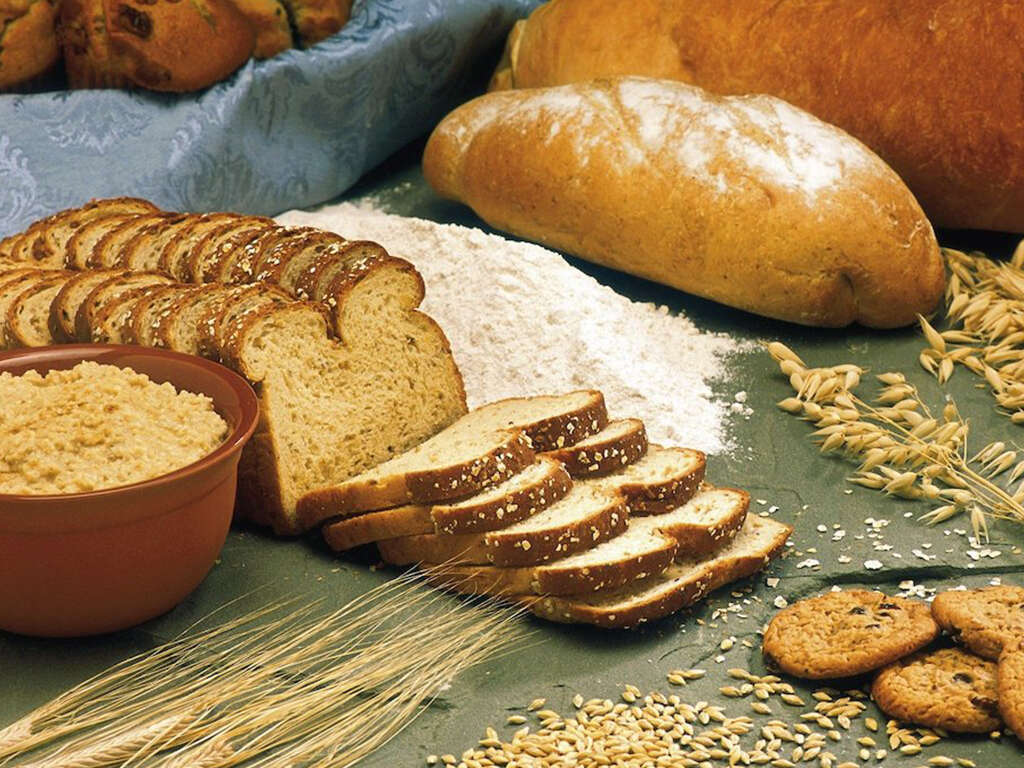
1. Irritable Bowel Disease
Irritable bowel disease, also known as IBD, can cause pain in the lower-left area of the abdomen. There are two types of IBD: Crohn's disease and ulcerative colitis. Irritable bowel disease is an autoimmune condition that may damage parts of the gastrointestinal tract without proper treatment.1Hoffman, Kristine. ‘When Vitamin And Nutritional Deficiencies Cause Skin And Nail Changes.’ Podiatry Today, 30 Dec. 2014, www.podiatrytoday.com/when-vitamin-and-nutritional-deficiencies-cause-skin-and-nail-changes.
Doctors don't know the exact cause of these diseases and they may be difficult to diagnose because of the long list of other conditions with similar symptoms. In addition to pain, symptoms may include diarrhea, bloody stools, fatigue and weight loss.

2. Inguinal Hernia
An inguinal hernia can cause pain in the lower left quadrant of the abdominal area. This condition is most common in men and involves a bulge in the groin that can extend to the scrotum. It occurs when part of the lower intestine pushes through a weak portion of the abdominal muscles.
The pain may occur when coughing, lifting or bending over and can cause a constant burning in the bulge area. Individuals who experience nausea, vomiting, and fever should contact their doctor immediately.2‘Inguinal Hernia.’ Mayo Clinic, Mayo Foundation for Medical Education and Research, 26 Feb. 2019, www.mayoclinic.org/diseases-conditions/inguinal-hernia/symptoms-causes/syc-20351547.
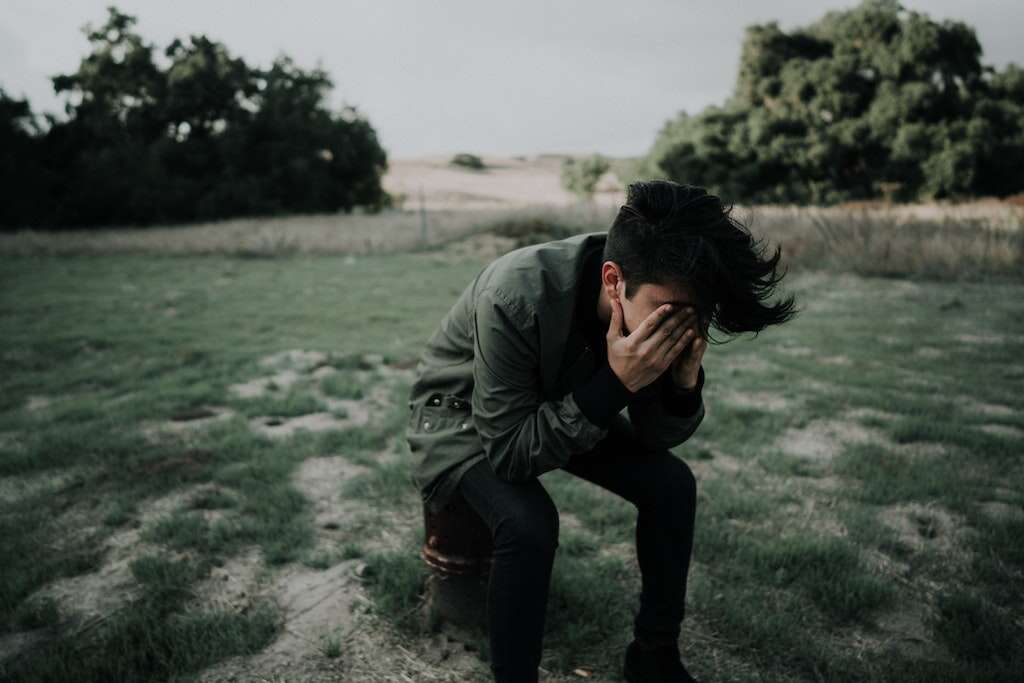
3. Kidney Stones
Kidney stones can cause severe, sharp pain in the lower left abdominal area, side and back. These stones form from a buildup of mineral deposits in the kidneys. There are several reasons why kidney stones occur, including dietary issues and low fluid consumption.
Other symptoms include vomiting and nausea, blood in the urine and infections that may lead to fever, chills, weakness and fatigue. It's vital that individuals experiencing these symptoms seek medical care. Kidney stones won't resolve without treatment and can lead to dangerous complications.3‘Kidney Stones: Causes, Symptoms, and Treatment.’ Medical News Today, MediLexicon International, www.medicalnewstoday.com/articles/154193#symptoms.
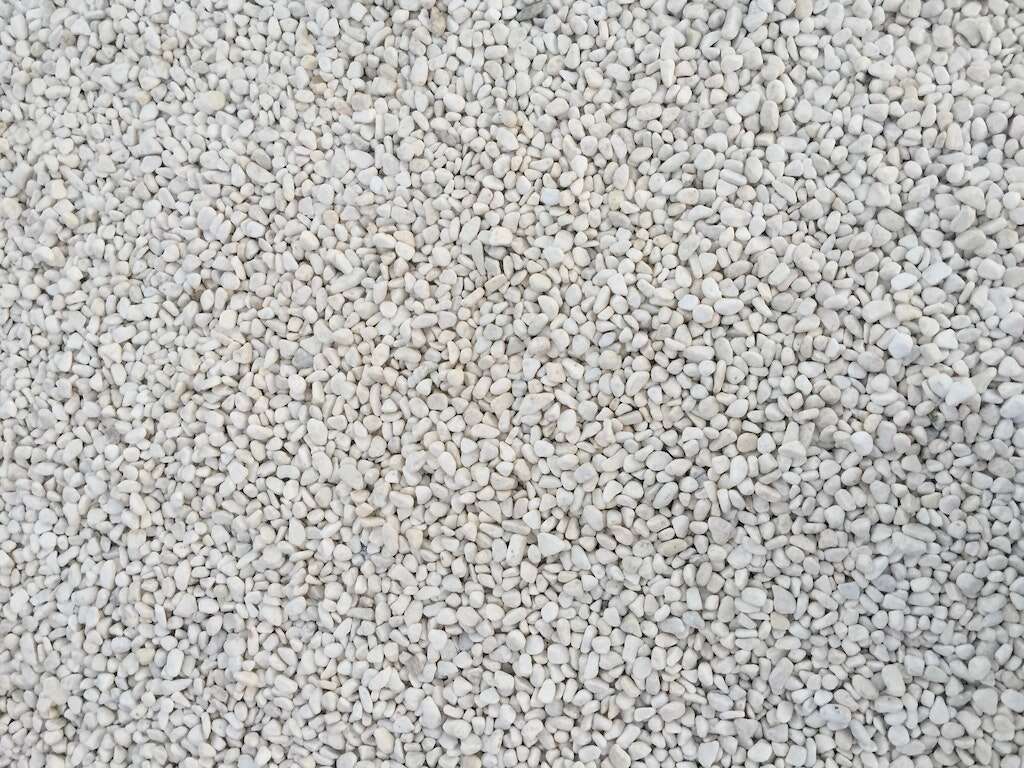
4. Shingles
Shingles are caused by the chickenpox virus. After a bout of chickenpox, the viral infection stays in the nerve cells and can reactivate years later, leading to a painful abdominal rash. People with weak immune systems and those over age 50 are more likely to experience shingles.
Other symptoms can include burning, numbness and tingling of the skin where the nerves are affected, chills, fever, headaches and fluid-filled blisters. Each case is different, but it can last for three to five weeks.4‘Shingles.’ National Institute on Aging, U.S. Department of Health and Human Services, www.nia.nih.gov/health/shingles.

5. Indigestion
Indigestion, also known as dyspepsia, can cause lower left abdominal pain. Indigestion occurs for reasons, like overeating, eating too quickly, gastritis, ulcers, acid reflux or IBS. A person may experience mild pain and other symptoms such as heartburn, bloating and gas.
Treatment usually involves reducing foods and drinks that trigger the symptoms. Other remedies may include antacids, such as H2 blockers and proton pump inhibitors, which decrease stomach acid. Although it's rare, surgery may be recommended for ongoing symptoms and depending on the underlying causes.5‘Indigestion (Dyspepsia): Causes & Treatment.’ Cleveland Clinic, my.clevelandclinic.org/health/symptoms/7316-indigestion-dyspepsia.
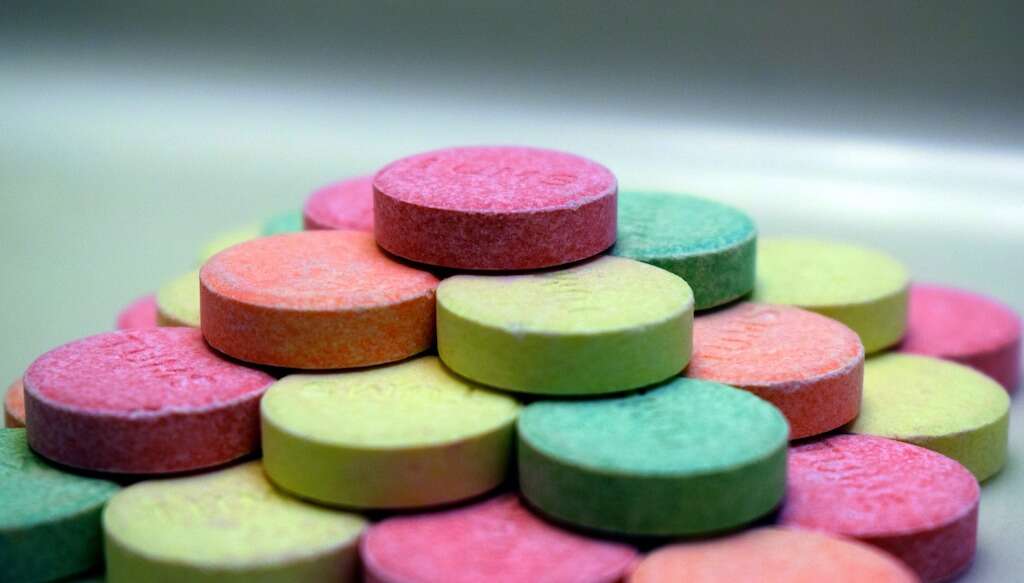
6. Lactose Intolerance
Lactose intolerance develops when the small intestine doesn't produce enough lactase, the enzyme needed to break down and digest lactose from dairy products. Along with lower left abdominal pain, lactose intolerant individuals may experience nausea, diarrhea and bloating.
Lactose intolerance isn't an allergy that can cause a serious reaction but rather a food intolerance. It makes people feel sick when they consume dairy products. There are a few simple tests medical professionals can use to verify the condition. Avoiding dairy products can prevent symptoms.6‘Lactose Intolerance: AAAAI.’ The American Academy of Allergy, Asthma & Immunology, www.aaaai.org/conditions-and-treatments/conditions-dictionary/lactose-intolerance.
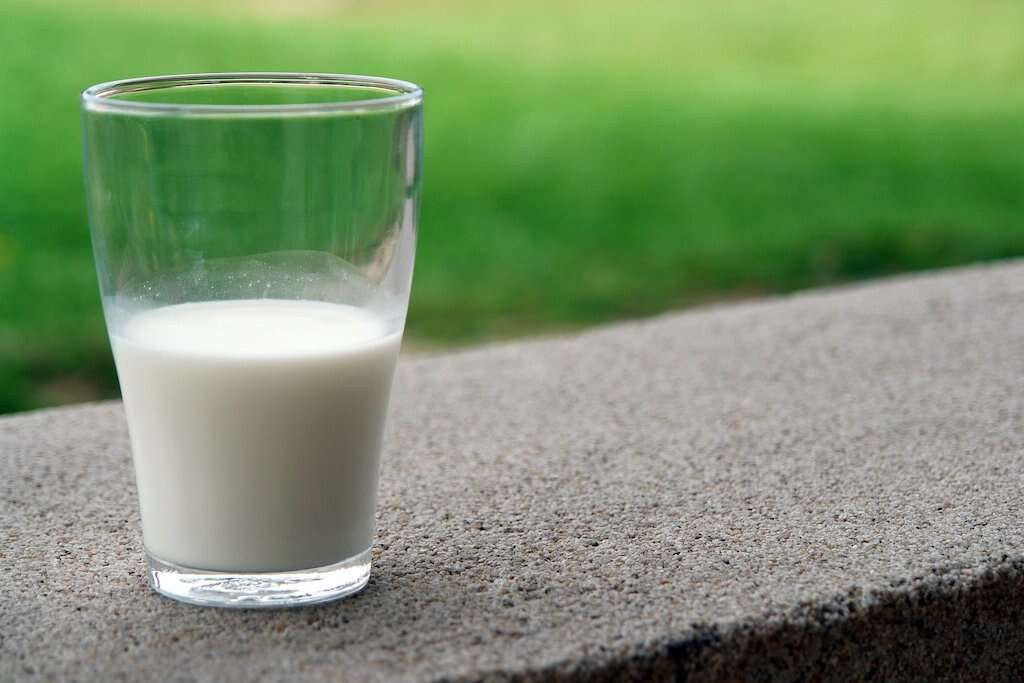
7. Celiac Disease
Celiac disease is another digestive condition that may cause lower left quadrant pain when an affected individual eats gluten products. When people with celiac disease consume this protein found in wheat, their immune system attacks the intestine, which can lead to a painful response from the body.
The most common symptoms other than abdominal pain include bloating, gas, diarrhea, fatigue and weight loss. Celiac disease may also lead to vitamin deficiencies. The only treatment for celiac disease is to eliminate gluten from the diet.7‘Celiac Disease: Symptoms, Diagnosis, Diet, and Treatment.’ Medical News Today, MediLexicon International, www.medicalnewstoday.com/articles/38085#treatment.
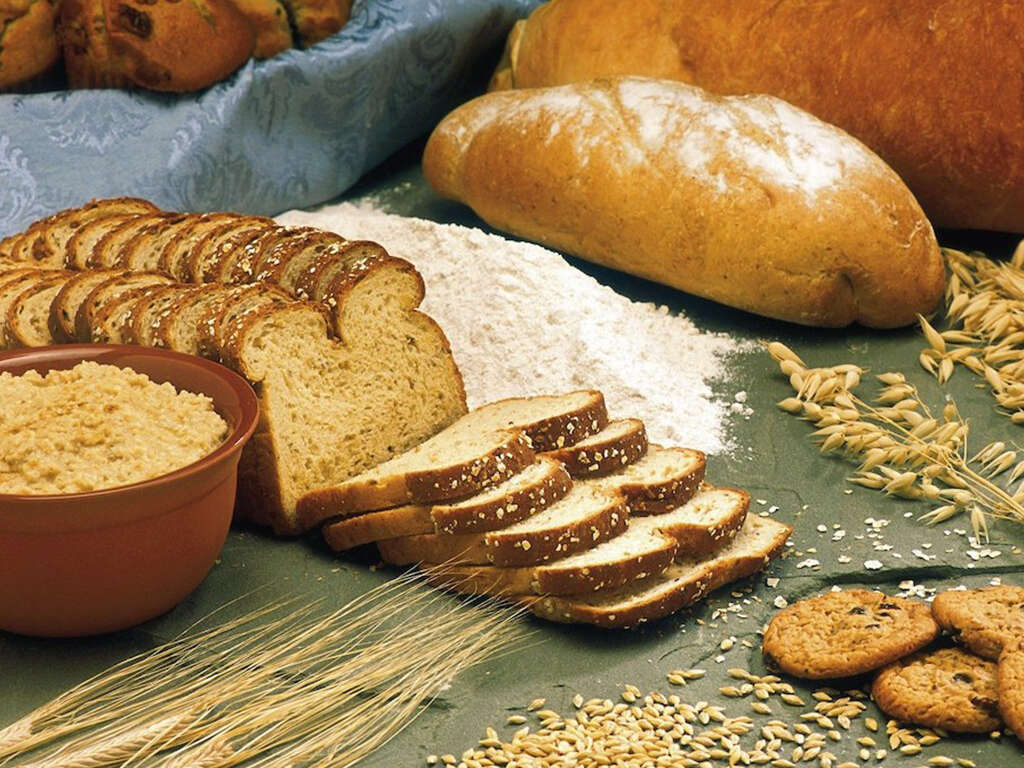
8. Diverticulitis
Diverticulitis is a condition that can cause lower left abdominal pain. The diverticula are tiny pouches that form throughout the colon. These pockets in the large intestine occur more often as people age and may develop due to a low-fiber diet.
Many people with diverticulitis don't have symptoms. In addition to pain, other responses may include bloating and constipation. The pouches also can get inflamed or infected, which can cause a fever, nausea and vomiting. Individuals experiencing these symptoms should seek medical treatment.8‘Diverticulosis | Diverticulitis.’ MedlinePlus, U.S. National Library of Medicine, 12 Apr. 2021, medlineplus.gov/diverticulosisanddiverticulitis.html.
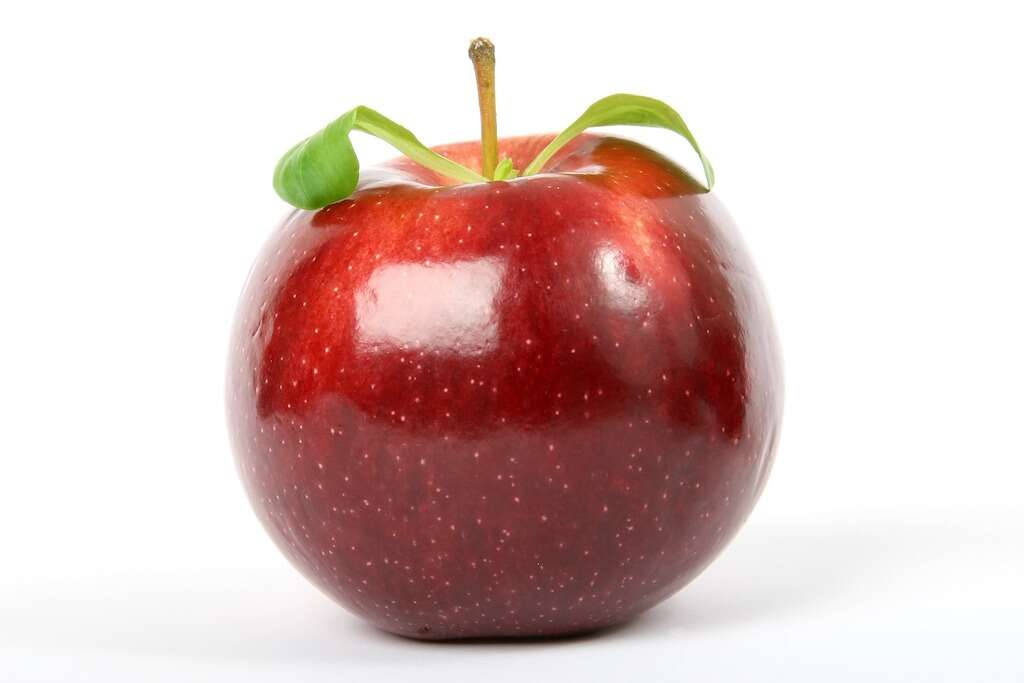
9. Pelvic Inflammatory Disease
Also known as PID, pelvic inflammatory disease is a serious condition that affects women. The condition can have several causes but the most common is an untreated sexually transmitted disease, such as chlamydia and gonorrhea.
Along with lower left abdominal pain, other symptoms of PID can include fever, pain during intercourse, painful urination, bleeding between periods and vaginal discharge with a bad odor. Treatment is available for PID. When left untreated, it may cause several complications, including infertility.9‘Pelvic Inflammatory Disease - CDC Fact Sheet.’ Centers for Disease Control and Prevention, Centers for Disease Control and Prevention, 19 Nov. 2020, www.cdc.gov/std/pid/stdfact-pid.htm.

10. Intestinal Obstruction
An intestinal obstruction is a serious condition that requires immediate medical attention. It occurs when a blockage in the small or large intestine prevents food from completing the digestive process.
Along with lower left abdominal pain, symptoms may include loss of appetite, constipation, vomiting and swelling of the abdomen. Hospitalization is necessary, and the exact treatment doctors use depends on the cause of the obstruction. Once a person is stabilized, the doctor will evaluate the underlying cause of the obstruction and treat it.10‘Intestinal Obstruction.’ Mayo Clinic, Mayo Foundation for Medical Education and Research, 20 Jan. 2021, www.mayoclinic.org/diseases-conditions/intestinal-obstruction/symptoms-causes/syc-20351460.



